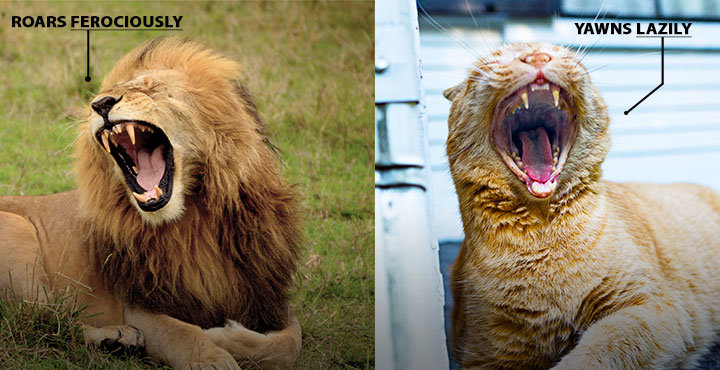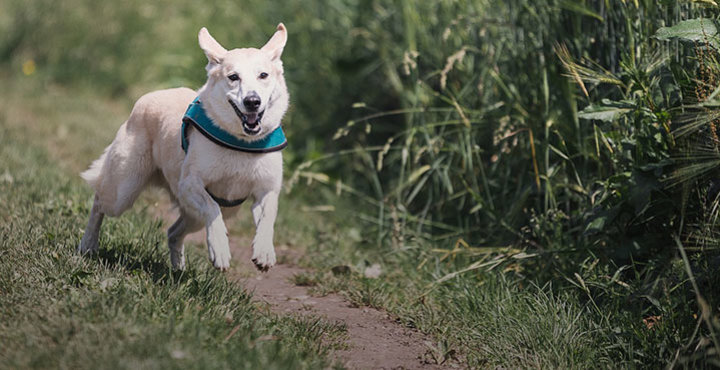Your head pops off your pillow. With a shriek of excitement, you throw the covers off your bed, scaring the dog and waking everybody in the process. You run down the stairs in your festive onesie with the biggest grin on your face. Then you spot it. A giant gift sitting right under the tree, with a great big bow on top! Bolting over to it, you see that it's addressed to you! Unable to wait even a moment, you tear off the wrapping paper, holding your breath. It's . . . It's . . .
It's not a gift at all. It's a present. It's the present. The present tense, that is!
Before you get disappointed, little Timmy, remember that there's no gift like the present tense. How does that famous saying go again? Oh, right. "Yesterday is history. Tomorrow is a mystery. Today is a gift. That's why it's called the present."
Okay, so maybe I'm selling the present tense a little too much (or gifting it?), and maybe the present tense wasn't on your wish list so much as the new Kindle. But since the holiday season is a time of giving, my gift to you, dear reader, is full knowledge of the present tense. It's the gift that keeps on giving! (No, you can't exchange it for store credit. At least pretend you like it.)
The Present Tense
The present tense indicates that an action occurs in, well, the present. It can also be used to express a current state of being, an occurrence in the future, or an action that starts in the present and continues into the future. The present tense uses the basic form of the verb, except in third-person singular.
We will be examining four forms (or aspects) of the present tense: the simple present, the present perfect, the present progressive, and the present perfect progressive. And you wanted that new Kindle!
The Simple Present Tense
When we're learning to speak English (either as a native or a non-native speaker), the simple present tense is the first tense we're able to use to form simple sentences. We use it to describe something that is happening right now.
There are only two forms of the simple present tense. One ends in -s/-es, and the other does not. Verbs add -s/-es in the third-person singular tense. Let's look at some examples using the verb wrap:
- I wrap
- You wrap
- She wraps
- He wraps
- It wraps
- They wrap
- We wrap
The simple present is used to express that an action is general.
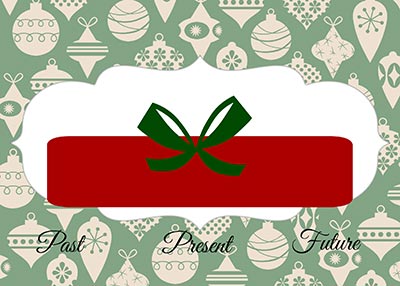
I work at the North Pole.
You cut ribbon.
We make gifts.
She decorates the tree.
He eats the cookies.
Sometimes, the simple present is used when actions happen regularly.
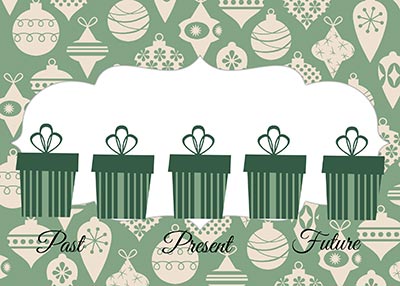
The reindeer's hair sheds during the winter.
Santa travels a lot.
He reads wish lists extensively.
The simple present is also used when actions are happening in the near future. How far in the future is the near future? Well, that's completely relative! Take a look at the examples below to get an idea of when to use this tense.
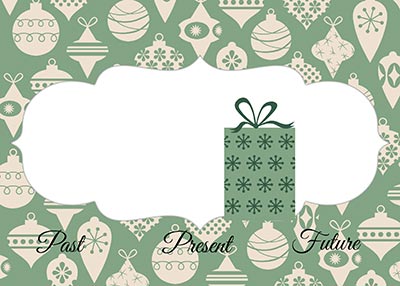
The sleigh team leaves tomorrow.
The presents arrive next week.
The elves need a break soon.
Last, the simple present is used when actions are always true.
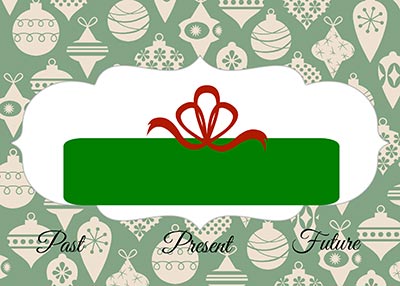
What is true? Well, philosophical discussions aside, let's look at some examples:
Winter follows autumn.
Icicles form from dripping water.
Snow falls down.
Simple enough, right? (Wink, wink.)
The Present Perfect Tense
The present perfect is used to express that an action happened at a time before the present or that an action began in the past and has continued until the present.
For the present perfect tense, we use has/have + the past participle of the verb to describe something that has happened in the past that has caused a current state of being.
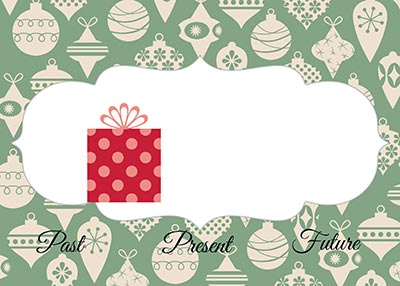
I have peeked at too many of my gifts.
In this sentence, we've established that, in the past, I have peeked at my gifts. My current state of being is one of a person who has peeked at too many of her gifts. Here are more examples.
He has ripped the wrapping paper. (No time period is mentioned.)
I have wrapped presents all night. (The night is not yet over.)
You have just finished tying the bow. (The action has just happened.)
Rudolph has worked here since 1939 (for 76 years). (The action began in the past [since] and is still occurring [for].)
The Present Progressive Tense
The present progressive is used to indicate that a present action is continual. It's formed by combining the helping verb "to be" with the present participle.
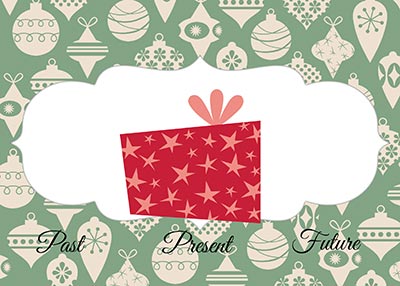
I am running out of tape.
You are coughing because you got coal in your stocking.
They are singing carols.
The Present Perfect Progressive Tense
The present perfect progressive indicates a continuous action that was finished in the past or an event that began in the past and is continuing to happen.
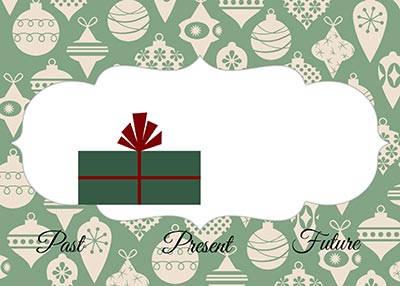
We can form this tense by using the modal "have" or "has" combined with "been" and the present participle of the verb (-ing).
She has been wrapping, and her fingers still hurt.
It has just been snowing.
I have been buying gifts since July.
Time to wrap this up. (Pun intended!)
Conclusion
There you have it, the greatest gift of all: knowledge of English grammar. In your stocking, you found everything you need to know about the present tense. A little box topped with a bow: the simple present! A bag full of colorful tissue paper: the present perfect! A party popper with curled ribbon: the present progressive! And, last but not least, at the very bottom of your stocking: the present perfect progressive! Hey, don't complain. It could have been coal.
Image source: Pawel Kadysz/Stocksnap.io





